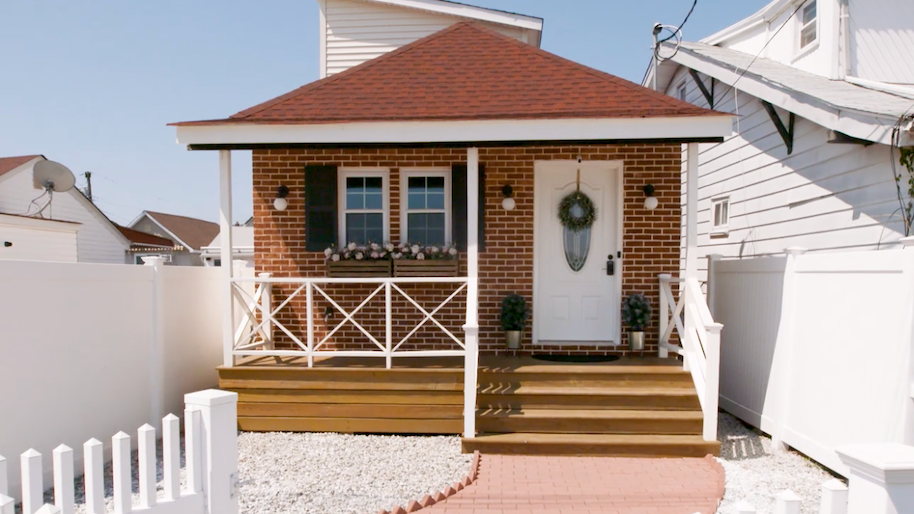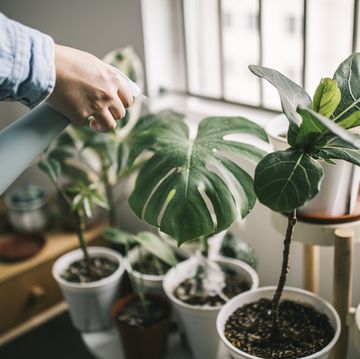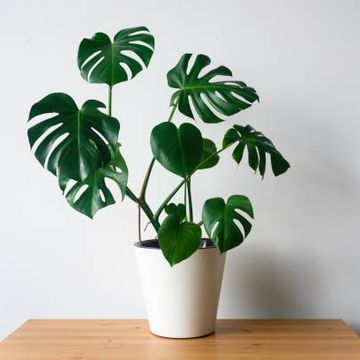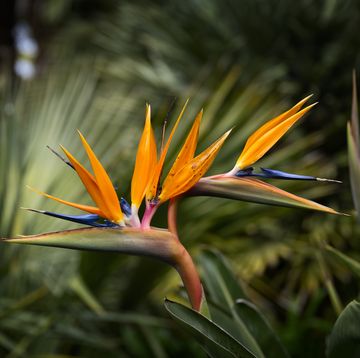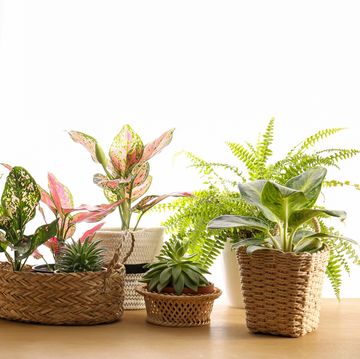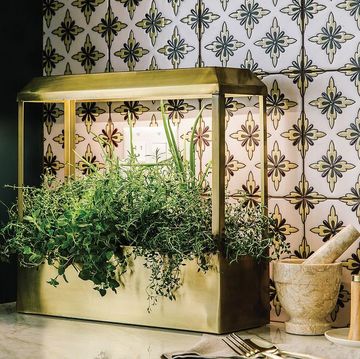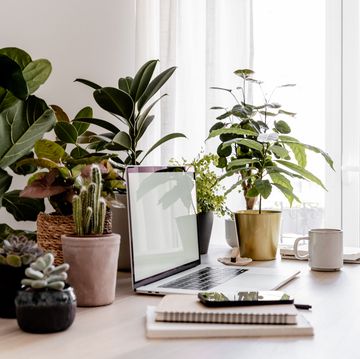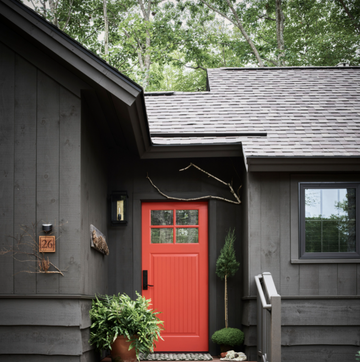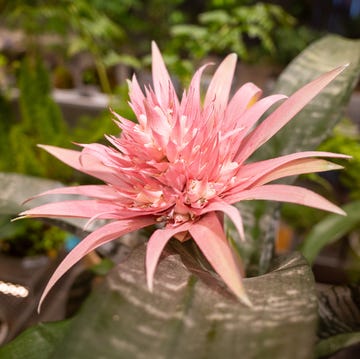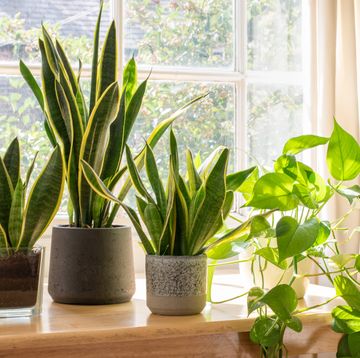In nature, blue is a rare color. In fact, fewer than 10 percent of flowering plants are blue. Among those naturally occurring blue flowers—like common hydrangeas—a real blue orchid is especially hard to find, although you might not think that given what you can find today in practically any grocery store floral department. Manmade blue orchids are common, but they're not authentic or natural. We're here to explain what actually makes most blue orchids blue and offer some guidance on where to look if you want the real thing. We'll also walk through how to keep your plant looking vibrant and other orchid troubleshooting questions. Read on for a complete guide to the origins and myth of the popular blue orchid.
The Origins of Blue Orchids
Artificial dyes have been used for decades to create different color roses and tulips, but the first artificially blue orchid was introduced only in 2011. That's when a Florida-based orchid grower called Silver Vase debuted the blue Mystique orchid, a "naturally-infused inked orchid." The Mystique orchid is a Phalaenopsis orchid, a popular type that's sometimes called a beginner orchid because it's relatively easy to care for. Since its debut, other growers have gotten into the game. Essentially, they take the common white flowering orchid and inject a dye into the flower's spike after it blooms to give it a fake (but beautiful) blue tint. If the dye is injected before the flower fully opens, the blue won't be as intense.
There have been attempts to genetically modify an orchid's color while its growing, but none have yet been commercially successful on a wide scale. Any blue orchids you're able to find at your local grocery or flower shop are dyed and will rebloom with white flowers, not blue ones.
How to Care for a Blue Orchid Plant
Sunlight
For maximum growth, place your orchid on a windowsill that faces south, east, or west to ensure it gets plenty of bright indirect sunlight for most of the day. Orchids love light, so don't worry about drooping due to too much sun exposure.
Water
Orchids should be watered once a week on average. These plants require very little water, which is why you'll often see orchid lovers using an ice cube rather than a watering can. Place a large ice cube at the plant's base and allow it to melt. That will provide the plant with a steady stream of water that won't overwhelm its delicate root system.
Temperature and Humidity
As tropical plants, orchids thrive at between 50 and 80 degrees Fahrenheit. However, you want to avoid placing them directly next to or in line with an air vent because either warm or cold gusts can dry them out.
Types of Naturally Occurring Blue Orchids
Vanda coerulea
The most widely known blue orchid is the Vanda coerulea, also known as the Blue Vanda. Discovered in northeastern India in 1837, these coveted blooms are practically impossible to get your hands on. You'd have to bid on one at auction or steal it from a collector. It has delicate, narrow-petaled flowers that stand on tall spikes. They typically attach to small trees with little foliage and sport 20 to 30 flower spikes.
Boella coelestis
A blue orchid from the Andes region of South America, each of these rare plants grows 6 to 12 leaves and has flowers that can reach as large as 4 inches in diameter. Boella coelestis is very finicky: It prefers low light and extremely high 80 to 100 humidity, settings that are nearly impossible to replicate in a home environment unless you have a specialized greenhouse.
Thelymitra crinite
Also called the Blue Lady orchid, Lily orchid, or Queen orchid, Thelymitra crinite is native to western Australia. While it's quite common in the small region where it grows down under, it's almost impossible to find and purchase anywhere else. Each stem has a single dark green leaf and up to 15 individual flowers that can range from pale to dark blue.
Frequently Asked Questions
Are Artificially Dyed Orchids Toxic?
Unfortunately, there's no way to know. Flower dyes are water-based, and while some growers use food-grade coloring, the full ingredient list used in the dyes isn't available. We recommend not ingesting the blooms and keeping them out of reach of curious pets and children.
Are Dyed Flowers on Orchids Rare?
No, artificially dyed orchids are widely available and very common at grocery stores, big-box stores, garden centers, and even online. You can find orchids with flowers that have been dyed lilac, pink, green, orange, and other shades of blue, such as indigo and aquamarine. So-called watercolor blue orchids have blue flowers with an ombré look.
Is It Common for Orchids to Have Dyed Flowers?
Yes, most floral department orchids are in some way artificially dyed to enhance their flowers' color. For natural orchids, shop from a reputable garden center or nursery.



